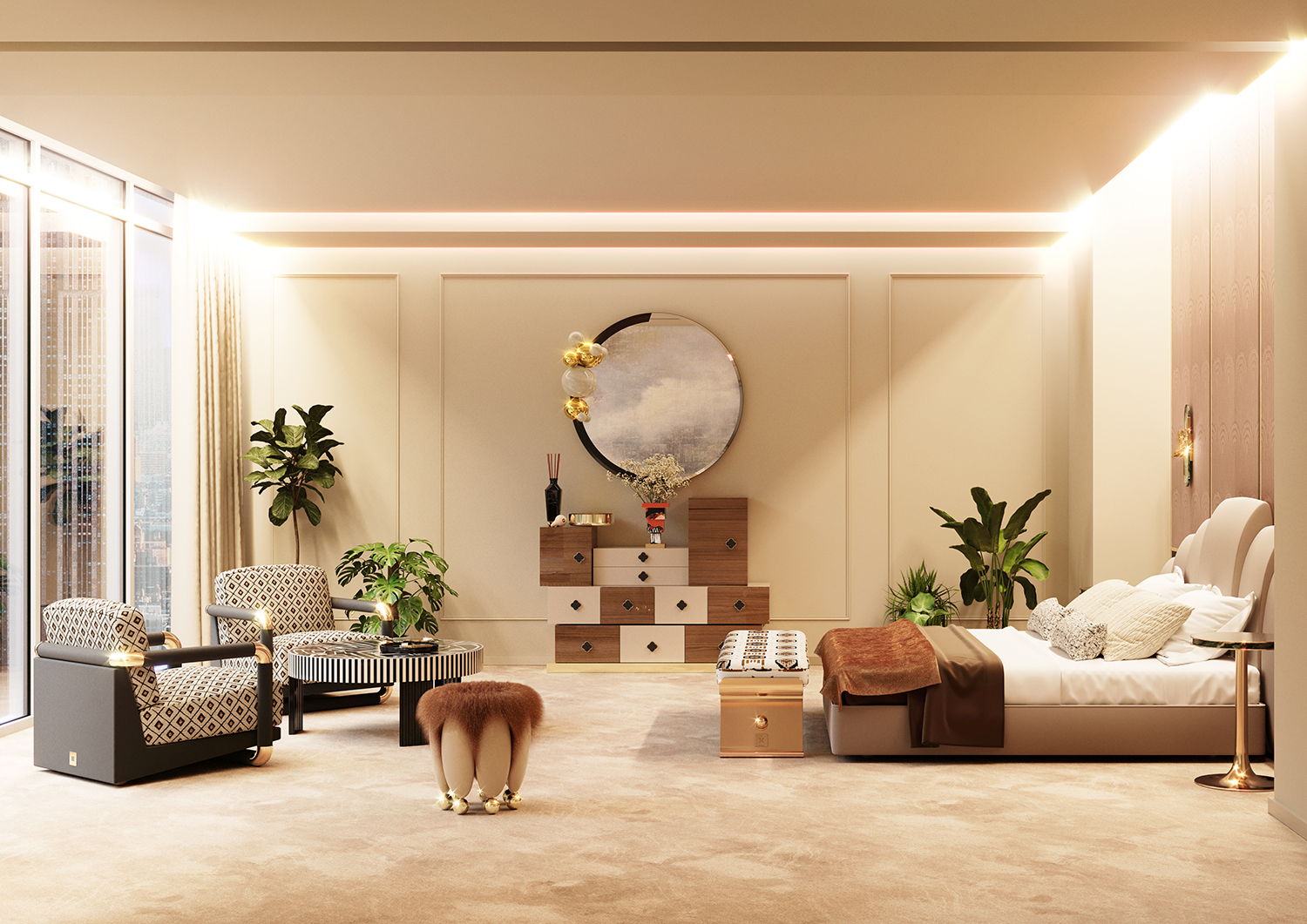Change Your Home With Essential Principles of Interior Decoration and Looks
The art of transforming your home with the crucial concepts of interior decoration and aesthetics needs a thoughtful approach that harmonizes color, balance, and spatial awareness. By understanding the effect of shade concept and the relevance of structure and patterns, one can produce areas that are not only visually enticing but additionally deeply personal. Achieving this stability entails greater than plain decor; it includes a calculated arrangement and a keen understanding of just how each component connects within an area. As we check out these foundational ideas, take into consideration exactly how they might redefine your understanding of home and personal expression.
Understanding Shade Theory
Understanding the principles of color concept enables designers to develop areas that reverberate mentally with passengers while satisfying functional needs. Each classification plays an important function in establishing consistency within an area.
The psychological influence of shades is extensive; warm colors such as reds and oranges evoke power and warmth, while cool tones like blues and eco-friendlies advertise peace and tranquility. The usage of complementary colors enhances visual passion, creating striking contrasts that can raise a space's charm.
Neutral colors, on the other hand, act as a functional backdrop, allowing other design elements to shine. It is vital to take into consideration variables such as illumination and the space's function when selecting a color combination, as these can change the understanding of colors throughout the day.
Eventually, a well-considered color system can transform a room, promoting a sense of comfort and design that lines up with the occupants' choices. Mastery of color concept is, consequently, an essential ability for any kind of indoor designer aiming to develop unified and inviting environments.
Attaining Equilibrium in Style
Exactly how can developers accomplish a sense of balance in their spaces? Attaining balance in layout is essential to producing harmonious insides.
Asymmetrical equilibrium, on the various other hand, depends on differing components that still attain a cohesive appearance. This method enables even more vibrant and casual arrangements, supplying interest while preserving stability. By carefully choosing differing sizes, shades, and appearances, designers can produce a visually engaging space that really feels balanced yet energetic.
Radial balance stresses a central centerpiece with components radiating external. This style is frequently seen in round layouts, where furniture and style create a cohesive surround that draws the eye inward.
Inevitably, achieving balance needs thoughtful factor to consider of scale, proportion, and the connections in between components. luxury interior design. By skillfully applying these equilibrium concepts, developers can change rooms into environments that feel both visually pleasing and functionally unified, boosting the total experience for occupants
Importance of Spatial Awareness

An eager feeling of spatial awareness allows designers to determine centerpieces within a room, guiding the audience's interest to essential functions while preserving a total sense of unity. It also aids in the tactical placement of lighting, which can drastically affect the assumption of room and state of mind. Understanding spatial relationships makes it possible for the developer to cater to the certain demands of residents, ensuring that each area serves its intended objective without endangering looks.
Ultimately, spatial awareness is crucial for making the most of the possibility of any type of interior room. By very carefully considering the interaction in between measurements, design, and function, developers can produce environments that not just meet sensible demands yet likewise evoke a feeling of comfort and appeal, enhancing More Info the general living experience.
Incorporating Structure and Patterns
Embracing a varied series of appearances and patterns can substantially enhance the aesthetic and tactile charm of an indoor area. The critical use numerous materials-- such as timber, metal, material, and rock-- creates deepness and interest, making a room really feel much more welcoming and vibrant. Integrating smooth surface areas with harsh textures can establish an equilibrium that attracts the eye and engages the senses.
When including patterns, consider both scale and rep. Large patterns can function as prime focus, while smaller sized, refined designs can enhance various other components without overwhelming the space. Layering patterns, such as pairing flower cushions with striped tosses, adds intricacy and a feeling of consistency if carried out thoughtfully.
It is likewise important to preserve a cohesive color combination, making sure that structures and patterns interact instead of complete for interest. By picking a few key appearances and patterns, you can develop a linked visual that mirrors your individual design while improving the overall setting of the area. Eventually, the cautious incorporation of these elements can change a mundane space right into an innovative atmosphere rich with personality and warmth.
Personalizing Your Room
Producing a space that mirrors your character is crucial to achieving a truly welcoming environment. Customization in interior design enables you to instill your one-of-a-kind style and passions into your home, changing it from a simple sanctuary right into a shelter that talks with that you are. Begin by picking a shade combination that reverberates with your emotions-- bold tones can stimulate, while soft tones provide serenity.
Include artwork and decoration that reflect your interests, whether it be travel, nature, or abstract principles. Displaying individual collections, such as publications, photos, or keepsakes, can evoke valued memories and create centerpieces within an area. Furthermore, think about customizing practical items, like upholstered furniture, to line up with your visual preferences.

Verdict
To conclude, the improvement of webpage a home via the vital concepts of interior decoration and appearance necessitates an extensive look at this web-site understanding of shade concept, equilibrium, spatial recognition, appearance, and personalization. Each aspect contributes dramatically to developing a harmonious and functional living environment - miami interior design. By thoughtfully integrating these principles, individuals can enhance the visual appeal and emotional resonance of their rooms, ultimately fostering a home that reflects distinct identities while offering comfort and practicality